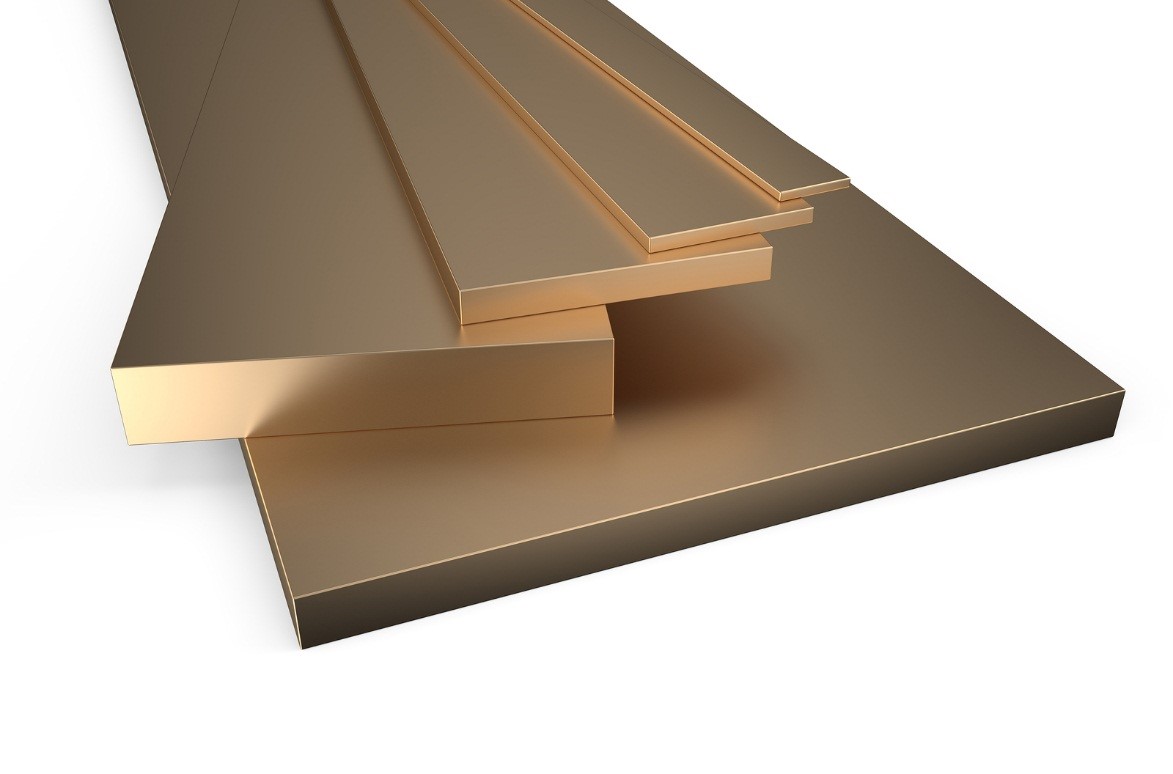Like any metal, bronze has a wide variety of applications and uses. Due to its nature as an alloy, different compositions of bronze take on different characteristics, and are therefore more applicable in different industries. This is what makes bronze so versatile, and the ability to apply it to a wide spectrum of things makes it an invaluable metal.
History
A derivative of copper, bronze was developed around 7,000 years ago by ancient people mixing tin with their copper in order to create weaponry, currency, decorations and other items. What they stumbled upon was an alloy harder than copper, while still maintaining corrosion resistance. Brass, an extension of copper and bronze, followed later in history. Zinc’s high melting and boiling point prohibited ancient people from combining copper and zinc. Early examples of brass were formed from a combination of calamine and bronze.
Statuary Bronze
Comprised of 97 percent copper, 2 percent tin, and 1 percent zinc, statuary bronze is seen as the closest to “true bronze.” This bronze is most often used in sculptures, created with the intention of withstanding nature’s elements. By adding a small amount of zinc, this bronze is able to thin out when heated, allowing it to be easily poured into molds, making it ideal for crafting statues and other decorative objects.
Architectural Bronze
Composed of 57 percent copper, 40 percent zinc, and 3 percent lead, this type of bronze is actually more compositionally similar to brass. Commonly used for decorative architecture, this bronze can be purchased in sheet metal cuts to construct door frames, window frames, and other similar household features one desires to stand out.
Architectural bronze bars can also be used to created baseboard trim, or furniture components in situations where bronze sheets aren’t applicable. The added lead allows the bronze to better maintain copper’s natural pinkish color, making it suitable for decorative application.
Commercial Bronze
Commercial bronze is an alloy similar to brass. Composed of 90 percent copper and 10 percent zinc, this bronze sacrifices a small amount of strength, but gains conductivity by mixing zinc with copper in place of tin. Brass has a variety of applications, being used for everything from bullet casings to manufacturing wires for electronics.
Industries looking to purchase the alloy in bulk will have no problem machining commercial bronze bars into wire, or laser cutting commercial bronze sheet metal into gear components, from suppliers like Rotax Metals.
Sources:
How Alloying Elements Affect the Properties of Copper Alloys. MatWeb.
Historic Preservation – Technical Procedures. GSA.


